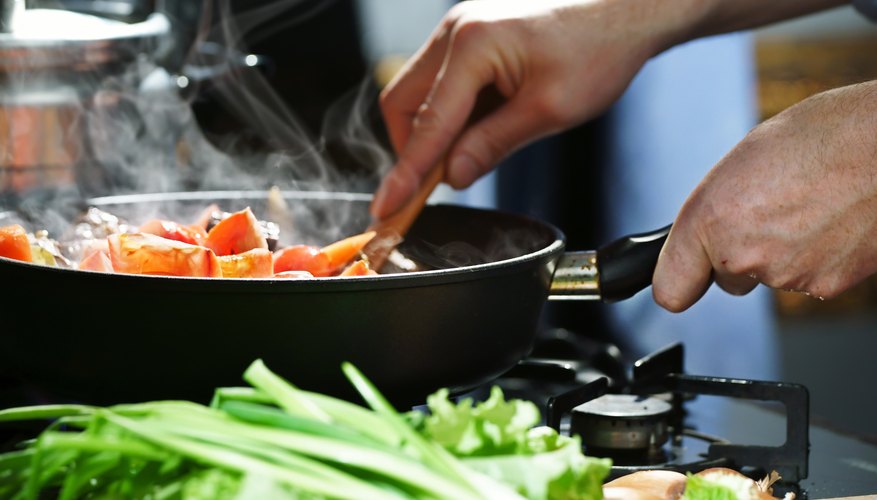Celsius to joules is a unit of temperature that is measured in joules per degree Celsius. It is a useful tool for understanding the energy released or absorbed by something when its temperature changes from one degree Celsius to another. By understanding celsius to joules, you'll have a better understanding of how different temperatures can affect objects and processes.

Table Of Content:
- Convert celsius heat unit to joule - Conversion of Measurement Units
- Convert J to CHU | joule to Celsius heat unit
- Celsius Heat Units to Joules | Kyle's Converter
- How to Calculate Joules of Heat
- How to convert °C to joules - Quora
- Convert Celsius Heat Unit to Joules (CHU to J) ― JustinTOOLs.com
- Question #a07e2 | Socratic
- Convert joule/kilogram/°C [J/(kg·°C)] to joule/gram/°C [J/(g·°C ...
- Joule/Gram °C to Joule/Kilogram °C Conversion
- [Solved] 5) What is the specific heat of a substance of 1500 J are ...
1. Convert celsius heat unit to joule - Conversion of Measurement Units
https://www.convertunits.com/from/celsius+heat+unit/to/joule
Do a quick conversion: 1 celsius heat unit = 1899.1005 joules using the online calculator for metric conversions. Check the chart for more details.
2. Convert J to CHU | joule to Celsius heat unit
https://www.traditionaloven.com/tutorials/energy/convert-joule-j-si-unit-to-celsius-heat-unit.html
The Celsius heat unit unit number 0.00053 CHU converts to 1 J, one joule. It is the EQUAL energy value of 1 joule but in the Celsius heat unit energy unit ...
3. Celsius Heat Units to Joules | Kyle's Converter
https://www.kylesconverter.com/energy,-work,-and-heat/celsius-heat-units-to-joules
Please share if you found this tool useful: ; 1 Celsius Heat Units to Joules = 1899.1005, 70 Celsius Heat Units to Joules = 132937.0374 ; 2 Celsius Heat Units to ...
4. How to Calculate Joules of Heat
https://sciencing.com/calculate-joules-heat-8205329.html
5. How to convert °C to joules - Quora
https://www.quora.com/How-do-you-convert-C-to-joules
Converting between these two units requires knowing the conversion factor, which is 1 eV = 1.60217653 × 10-19 J. To convert from J to eV, simply multiply by ...
6. Convert Celsius Heat Unit to Joules (CHU to J) ― JustinTOOLs.com
https://www.justintools.com/unit-conversion/energy.php?k1=celsius-heat-unit&k2=joules ENERGY Units Conversion celsius-heat-unit to joules ; 1 CHU, = 1899.100534716 joules (J) ; 1 CHU, = 1.899100534716 kilojoules (kJ) ; 1 CHU, = 453.89592129924 ...
ENERGY Units Conversion celsius-heat-unit to joules ; 1 CHU, = 1899.100534716 joules (J) ; 1 CHU, = 1.899100534716 kilojoules (kJ) ; 1 CHU, = 453.89592129924 ...
7. Question #a07e2 | Socratic
https://socratic.org/questions/5541a2c1581e2a41763a07e2 You can't convert Joules per gram Celsius to Joules per mole, ... Specific heat is usually measured in J/g∘C because it expresses the energy needed to ...
You can't convert Joules per gram Celsius to Joules per mole, ... Specific heat is usually measured in J/g∘C because it expresses the energy needed to ...
8. Convert joule/kilogram/°C [J/(kg·°C)] to joule/gram/°C [J/(g·°C ...
https://www.translatorscafe.com/unit-converter/en-US/specific-heat-capacity/2-3/joule/kilogram/%C2%B0C-joule/gram/%C2%B0C/![Convert joule/kilogram/°C [J/(kg·°C)] to joule/gram/°C [J/(g·°C ...](https://www.translatorscafe.com/static/ucvt/img/2-Old-Espresso-Machine.jpg) A joule per gram per degree Celsius (J/g·°C) is a metric unit of specific heat capacity. A material has a heat capacity of 1 J/g·°С if heat energy of one joule ...
A joule per gram per degree Celsius (J/g·°C) is a metric unit of specific heat capacity. A material has a heat capacity of 1 J/g·°С if heat energy of one joule ...
9. Joule/Gram °C to Joule/Kilogram °C Conversion
https://www.theunitconverter.com/joule-gram-to-joule-kilogram-conversion/
1 joule/gram °c (J/g∙°C) is equal to 1000 joule/kilogram °c (J/kg∙°C). 1J/g∙°C = 1000J/kg∙°C. The heat capacity C in joule/kilogram °c (J/kg∙ ...
10. [Solved] 5) What is the specific heat of a substance of 1500 J are ...
https://www.cliffsnotes.com/tutors-problems/Chemistry/30497154-5-What-is-the-specific-heat-of-a-substance-of-1500-J-are-required-to/
to raise the temperature of a 300.0 g sample from 25 Celsius to 40 Celsius? A) 333 J/g Celsius B) 4.18 J/g Celsius C) 33 J/g Celsius D) .33 J/g Celsius 9) ...
Conclusion:
Understanding celsius to joules can provide insight into how different temperatures affect objects and processes around us by understanding not only the change in temperature but also the amount of energy released or absorbed during that process. With this knowledge, we can better understand our environment around us in both physical and thermal terms!
